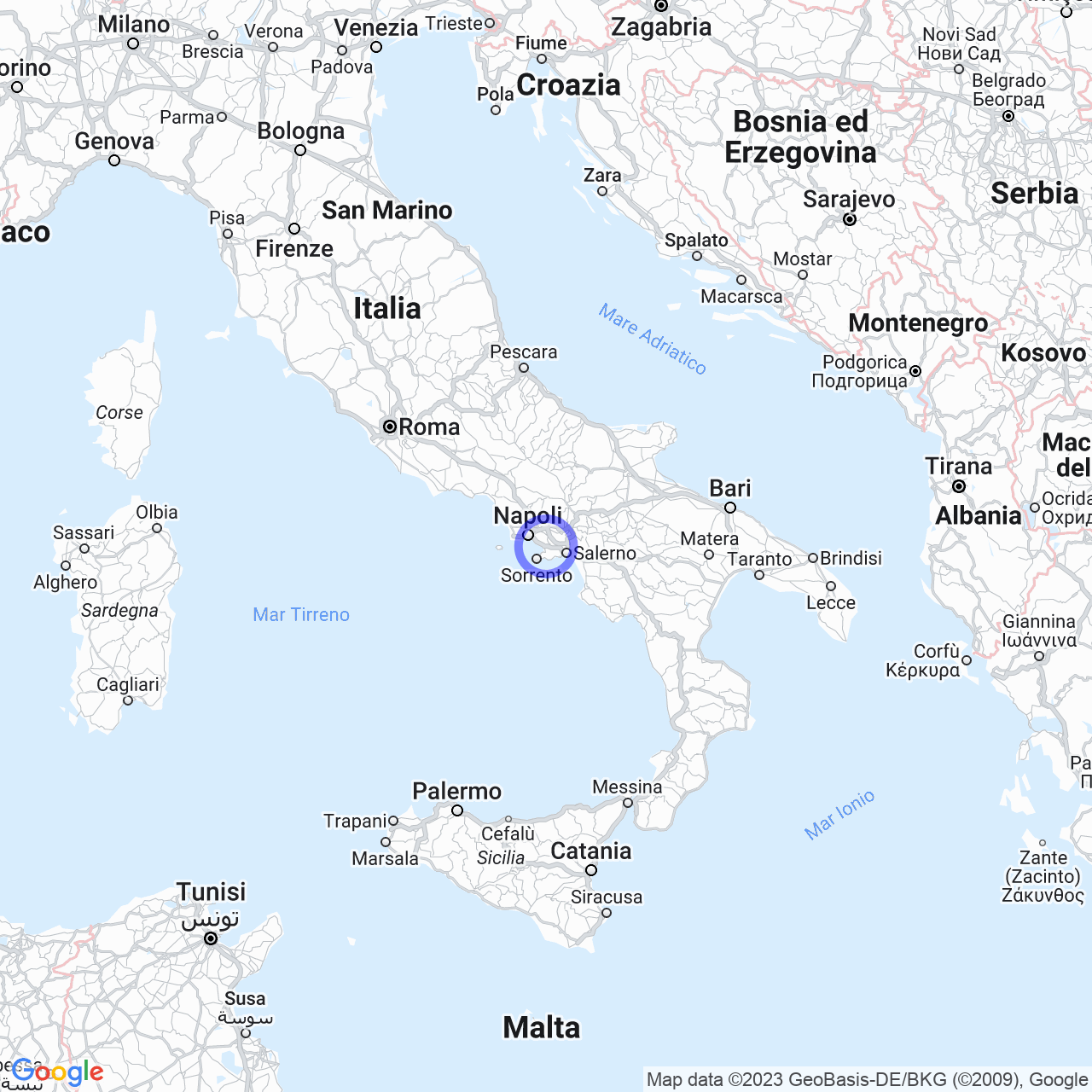Pompei
Pompeii: The City Buried Under Vesuvius
Hello everyone! Today we're talking about Pompeii, a city buried under a layer of pyroclastic materials due to the eruption of Mount Vesuvius in 79 AD. But before we learn more about one of the most famous archaeological sites in the world, let's try to understand a bit of history together.
History

Period before the eruption
Did you know that a migration of inhabitants from the Aegean lands and descendants of the Pelasgians formed a primitive settlement at the foot of Mount Vesuvius, in the area of Pompeii? It was probably not a real village, but a small cluster of houses located at the intersection of three important roads.
The city was first conquered by the Bea colony between 525 and 474 BC. The first traces of an important center date back to the 6th century BC, although at this time the city still appears to be a rather disorganized and spontaneous aggregation of buildings.
It was hostile to the Romans during the Samnite Wars, but once defeated, became an ally of Rome as a socius of the Urbe, maintaining a linguistic and institutional autonomy.
During the Second Punic War, Pompeii, still under the control of Nuceria Alfaterna, remained loyal to Rome and was thus able to maintain partial independence.
At the outbreak of the Social War, it was hostile to Rome and was conquered by the army of Lucius Cornelius Sulla, but thanks to its membership in the Nucerian League, it obtained Roman citizenship and was included in the "Gens Menenia."
In 80 BC, it definitively entered the orbit of Rome and Sulla transferred a group of veterans there in the "Colonia Venerea Pompeianorum Sillana."
Period after the eruption
Before the eruption, many buildings were under reconstruction due to the Pompeii earthquake of 62.
But the eruption of Mount Vesuvius in 79 AD changed everything. It buried the city under a layer of pyroclastic materials ranging from five to seven meters in height, causing the end of Pompeii.
Some Byzantine artifacts testify to the existence of a small settlement even in the Middle Ages, near the Sarno River, which brought disease and death. The inhabitants were concentrated in the Civiltà Giuliana locality, north of the ancient city and in a higher position, since the southernmost part was subject to strong humidity and marshes.
The Archaeological Excavations of Pompeii
Starting in the 18th century, the archaeological excavations of Pompeii began. It was Carlo di Borbone, then King of the Kingdom of Naples, who started the excavations to try to bring to light an important part of the history of the ancient Roman city.
The excavation site now covers about 66 hectares and is open every day except for January 1, May 1, and December 25.
Among the most famous artifacts are the Forum, the House of the Vettii, the House of the Faun, the Grand Theater, the Amphitheater, the Temple of Apollo, and the Boscoreale Antiquarium.
Conclusion
The remains of Pompeii represent a spectacular and imposing testimony of what life was like in an ancient Roman city. Discovering the city buried under Vesuvius, whose remains speak of the traditions, customs, and costumes of the time, was undoubtedly one of the greatest pieces of archaeology and history.
If you have the opportunity, I recommend visiting the Pompeii excavations and being mesmerized by the beauty and grandeur of this ancient archaeological site.
